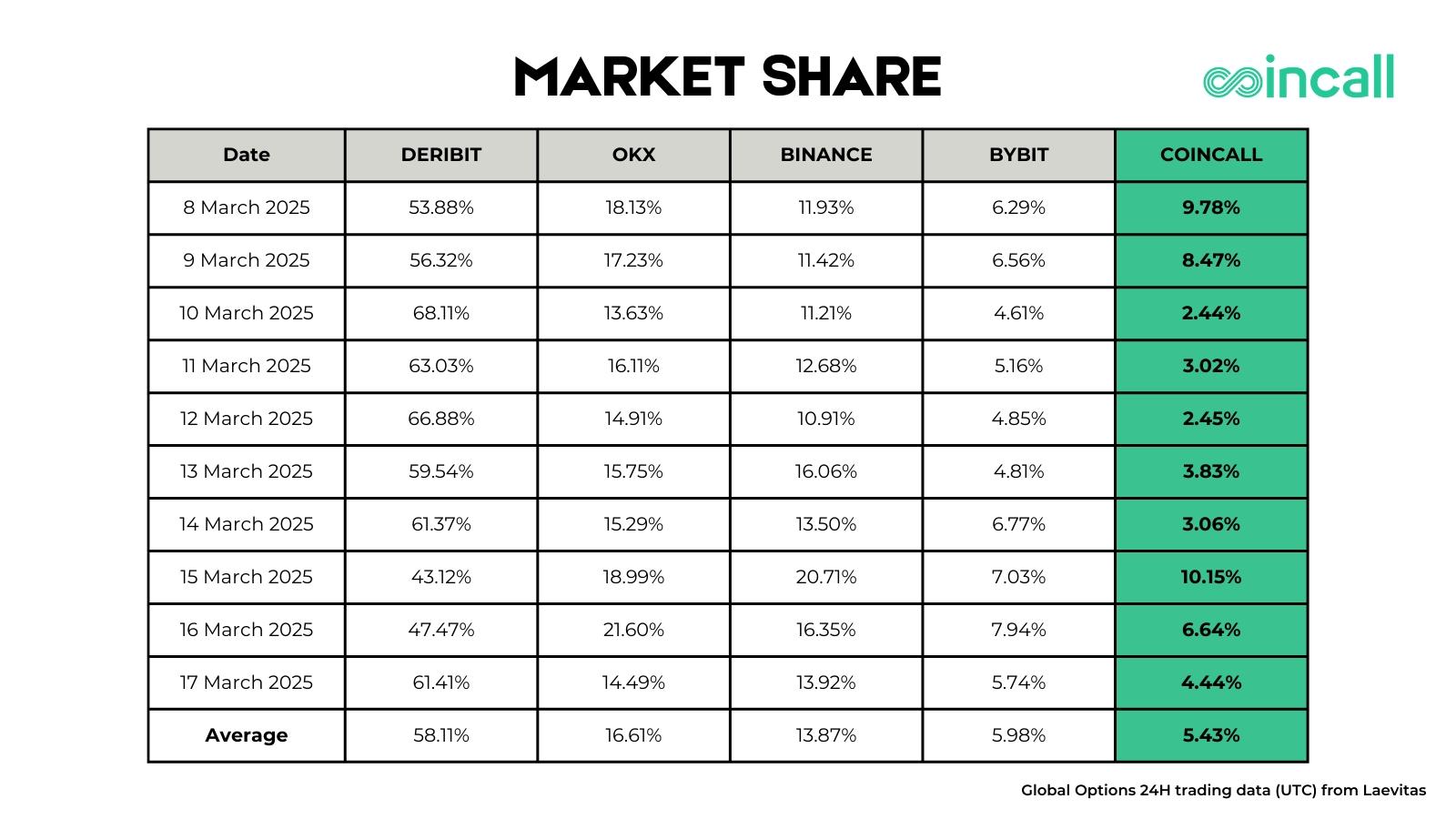Americans’ use of mobile banking apps and online banking continues to grow as fewer people are visiting brick and mortar banks to access their bank accounts. This has people wondering, “Are banking apps safe?”
To answer this question, it’s important to understand data privacy policies and have an awareness of potential threats to your consumer information. You work hard for your money, so it’s crucial that you make sure you are using desktop or mobile banking apps that protect your data.
Luckily, there are some steps you can take to help keep your data safe.
Are Banking Apps Safe?
Cybersecurity experts agree that mobile banking is both convenient and safe, but consumers need to take precautions, including using strong passwords and avoiding public WiFi. You may not think that someone could be spying on your mobile banking activity, but potential vulnerabilities in code and encryption methods used by popular fintechs can happen.
While identity theft is on the rise, that’s not all you have to worry about. Most of the time when apps sell your data to third parties, the information is used to adjust their marketing algorithms and understand more about their audience, especially mobile banking habits.
What you need to know is that 80% of apps track and store your data for a variety of reasons. If this personal information was passed on to a scammer, then you could be victimized or risk a security breach.
Needless to say, ensuring your favorite mobile banking app is kept secure against hackers is crucial.
6 Ways to Ensure Safe Online and Mobile Banking
- Only download verified banking apps
- Use two-factor or multifactor authentication
- Use a strong password
- Avoid public Wi-Fi when possible
- Set up alerts or push notifications
- Be mindful of other apps you’re downloading
1. Only Download Verified Banking Apps
Many banks and fintechs are proud of their apps, so they will often tell you everything you need to know about their apps on their websites. If they don’t provide info up front and simply tell you to download their app — be wary. It could be a fake and one of the internet’s biggest threats, financially speaking.
A real fintech app will have detailed information about its features, operating systems required, and whether or not your money is FDIC insured. Make sure to use a reliable app store and never download an app that you found on an open forum or from a text message.
2. Use Two-Factor or Multifactor Authentication
Using two-factor or multi-factor authentication can help keep your money secure in case your login info gets into the wrong hands. These authentication processes require more than just your username and password and help the company and you deal with cybersecurity issues.
You’ll also have to confirm your identity according to the settings that you establish, usually in the form of a text message sent to your phone with a one-time code that has an expiration date. If your banking app does not offer at least two-factor authentication to protect sensitive information, you should reconsider.
Read more about two-factor authentication and how this process can help keep your information safe.
3. Use a Strong Password
It’s annoying to have what seems like millions of distinct logins for a variety of accounts. But, having a strong password is successful at keeping fraudulent activity at bay. To take it a step further, don’t ask your browser to save your passwords for you. Instead, use a password manager that keeps your passwords secure through encryption.
4. Avoid Public Wi-Fi When Possible
If you get a warning that says the network you are on is not a secure network, then you should be concerned that others might be able to watch your online actions — including finding out personal details that can be used to gain access to your social media, email, and fintech apps.
Using public Wi-Fi is convenient, however, you shouldn’t use it to check your bank account or conduct other financial business if you can avoid it. Mobile banking is our way of life, but don’t take security risks.
5. Set Up Alerts or Push Notifications
Many apps will ask users if they want to allow notifications for various types of activity on accounts. If you receive a lot of payments or make several purchases it might seem like all these notifications do is clog up your inbox, but these notifications can play a significant role in detecting potential fraudulent activity on your accounts.
For example, if you receive a notification that your card was used to make a purchase while you’re at home on the couch then you know someone has your banking info and you can address it with your bank ASAP.
6. Be Mindful of Other Apps You’re Downloading
Even if your banking app is with a reputable bank and you are taking every precaution to keep your personal data safe, your money could still become compromised. There is a certain malware that can be hidden in the code of apps that have nothing to do with banking at all.
These sideload apps downloaded from unofficial sources could be carrying a malicious program that hides in the background on your device and waits for you to open a banking app. The malware then creates a fake overlay mimicking your app’s login page where it then steals usernames and a password after it is entered. So become aware of the different landing screens that your banking app uses so that you can spot a potential fake and avoid this kind of attack.
Hopefully, your information doesn’t get snared, but if it does, it’s important to know what to do after a data breach.
New York contributor Kiara Taylor specializes in financial literacy and financial technology subjects. She is a corporate financial analyst who also leads a group affiliated with University of Cincinnati that teaches financial literacy to Black students and helps them secure employment and internships.
Credit: Source link














